In light of my recent racquets for beginners post and video, I wanted to defend old-school racquets. Can you use a classical racquet today?
I’ve been a fan of older racquets for a long time. My fascination with how different racquets affects your tennis is one of the reasons I started Tennisnerd many years ago. But tennis is getting faster and faster as a sport and it’s becoming increasingly difficult on the higher levels of tennis to use low-powered racquets with small head sizes. You don’t have enough power or margin for error to stay competitive. This is true for most players on a higher level, but that doesn’t mean old-school racquets won’t work on any level below the pro tour. So my answer to the question: “can you use a classical racquet today?” is an overwhelming YES!
I’ve created a video comparing the type of ball you’re hitting with a classical racquet, such as my favorite the HEAD Pro Tour 2.0, the Wilson Blade 98 V8 or the new HEAD prototype tweener style racquet. Just hitting a few shots, will give you a completely different sensation and experience of power/control/spin/feel.
What is the difference?
If we compare these three racquets, most players will instantly notice a vast difference in the type of ball each racquet produces and how it affects your swing, your confidence, and how you play tennis.
Starting with the classical racquet, the HEAD Pro Tour 2.0 (still for sale at Tennis Warehouse and still a bestseller, 30 years after its initial release). Playing with the HEAD Pro Tour, you will know exactly where the ball goes at all times. Playing well is all up to you, nothing comes for free, but the feeling of ultimate control is quite addictive. That’s why I can’t let go of this beautiful racquet.
The Wilson Blade 98 V8 16×19 is still a very controlled racquet compared to most “tweeners”, but it does give you a bigger sweet spot, a little more pace and depth at the cost of a little less control compared to the HEAD Pro Tour. It lands in the middle of the three frames and that’s a reason it’s seen as a versatile frame that many players like.
At the other end of the spectrum (there are more powerful racquets, of course, but this is the most common type of modern racquet on the market) there is the HEAD Prototype tweener that will be HEAD’s new “power line” of racquets. I have tested the MP model and it gives me a high launch angle and ball trajectory, good depth despite having to hit the ball particularly hard, but on the other hand, it’s a little “wild” and difficult to control.
Summary
What racquet will work best for you? It depends on many variables. What’s your playing style? Do you have any arm problems? What is your playing level? And most of all, what do you want from your racquet?
If you want help to achieve good depth on your shots as well as height over the net, the tweener style power racquet is the way to go. If you want a little bit of help, but can still produce good power/depth and play tennis on an intermediate to advanced level, the Blade 98 might be a good option for you.
The smallest target group of players is the ones wanting to use a racquet like the HEAD Pro Tour. It requires excellent footwork, a good swing speed, and the ability to create pace and depth with your technique. It’s a demanding racquet and most players are probably doing themselves a disservice using such a difficult frame. But on the other hand, maybe you’re not playing to maximize your competitive results, maybe you just like hitting the ball, getting good exercise, and prioritize the sensation of hitting a tennis ball, then a racquet like the HEAD Pro Tour might still work for you.
That’s why it’s good to get a good understanding of who you are as a player and what kind of racquet you enjoy the most. Remember that there are all kinds of racquets in between too.
Where are you on the spectrum of tennis racquets? What kind of racquet do you enjoy and what do you play your best tennis with?

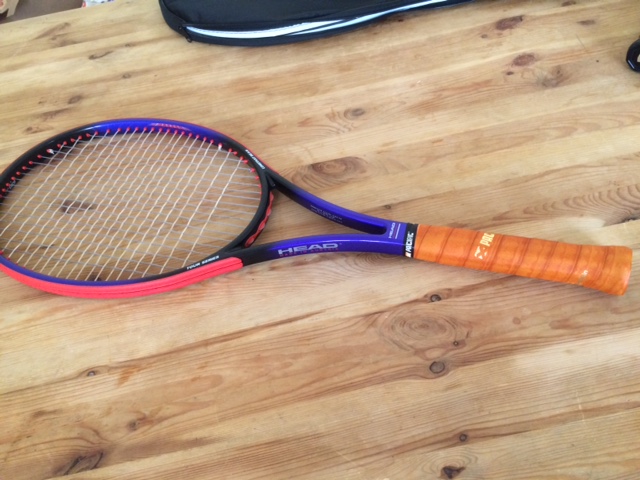




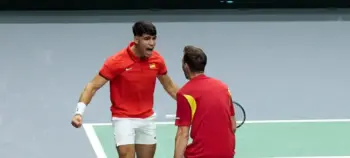
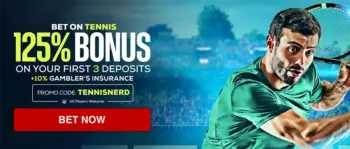
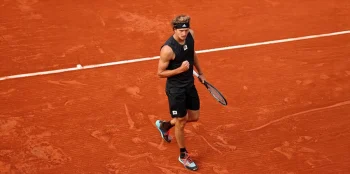
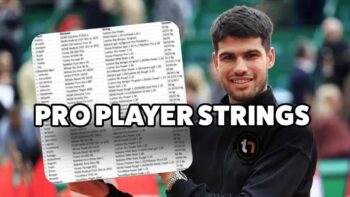

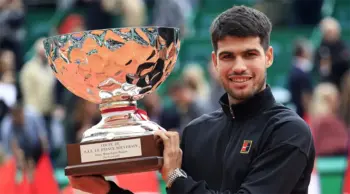
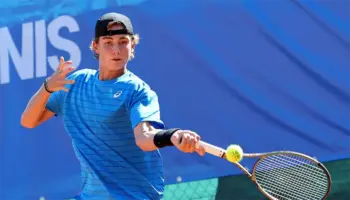
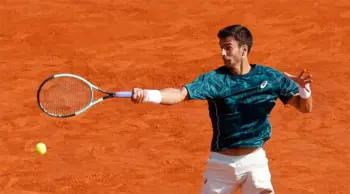
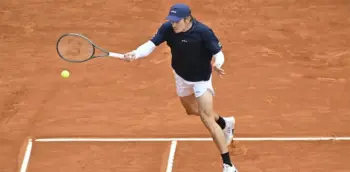
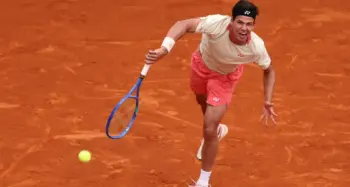

Interesting article. I am glad somebody sticks up for classical racquets.
Personally I love being able to mix it up and choose the type of racquet that fits my energy level (or mood).
I usually start out with the Pro Tour 2.0.
But it’s nice to also have a ‘back up racquet’ with more forgiveness, size and power to make my life easier when I get tired or when I’m a bit off my game.
For this I have a 100sq.in Babolat Pure Drive Plus (27.5 in. ) in my bag.
And when I want to go a little easier on the arm there’s the Head Prestige Classic 600. Stting right next to it.
So old school classical and powerful modern together in one tennis bag.
That’s not a classical racquet! (modified pop cultural reference)
This is a classical racquet… https://www.youtube.com/watch?v=aWzDyhn4MGs
Joking aside – The racquet discussions often revolve around finding the perfect stick. Since they all have pros and cons, the search continues indefinitely.
The solution is pretty obvious, (like Jason does).
It’s allowed to own and play with multiple different racquets. (ask a golfer if he would be ok with just one club).
Just switch depending on scenario. You can switch racquets between serve and return games if you want.
Generally, it’s easy to switch to and between, control oriented frames because they give you…. control.
Most of them feel good to everyone in some way. It’s also unproblematic to switch to spin and power frames for practice because it’s just fun launching the ball harder and deeper with less effort. The problems come when switching to power frames for match play. You start doubting yourself when you lose that precision.
You should stick to new product announcements. You have a very limited skill as a tennis player. If you don’t realize that by this point then I’m glad I’m telling you. Further, you have even less understanding I’ve had a train gifted tennis players. Stick with what you’re good at.
I’m well aware that I’m not a great tennis player. I’ve said that in many videos. I’m writing about racquets here, which I’m pretty confident about, however, so not sure what you mean. I don’t understand the sentence “Further you have even less understanding I’ve had a train gifted tennis players”…but I’m sure you needed to get something out of your system.
Can classic rackets be used today at the pro level? Probably not, because unless a player can paint the lines like Fed, or hammer the ball like Delpo, it will be hard to compete.
Can classic rackets be used at the rec level? Of course! In fact, I would say my HPS 6.1 18×20, actually gives me an advantage over the sea of Babolat Pure-whatevers that most of my opponents are playing with. Very few of them have the rhs, footwork, or footspeed to actually take advantage of a light, 16×19 spin machine, meanwhile I can neutralize them and push them around the court without expending too much energy.
@ Brent. Can Classic rackets be used at the Pro level?
Djokovic: 95sq inch basically 25 year old Head radical weighed up.
Murray: 95sq inch basically 27 year old Head PT630, with even higher swing weight.
Karatsev: 95sq inch basically 27 year old Head PT57. Popyrin and several others too.
Medvedev: 95sq inch Technifibre rework of his old Wilson 6.1 95.
Evans, Edmund, RBA, several others on a version of 20-30+ year old Wilson 6.1 95.
Nishikori: 20 year old alternative 95 that has received several releases under different paint jobs.
Shapovalov and Wawrinka both use reasonably weighty 95 frames, which are more modern interpretations of these frames.
Berretini: That’s not a modern frame as such, that’s a repainted Pro stock Microgel Extreme to my knowledge.
In 2023 even Tsitsipas’ frame will be 10years old……
I agree with what you say regarding pushing around spin machine light racket folk, that’s physics, Agassi commented on this once. However, heavier frames need more focus on timing.
In a recent match, a pretty decent early 20’s player turned out for his club and was belting topspin, watching him play the other pair I thought, this will be interesting. And then I noticed, to my amazement that this young guy was using……a Wilson Pro Staff 85 (not known which version).
I don’t know of any pro’s using 85-90 frames these days. But very many, use heavy 95’s.
Very good points J.
When I think “classic” rackets, I’m more thinking 1990s and earlier, since racket companies started pushing the lighter more open 98 sq in and up frames beginning at the turn on the millennium. We all know that racket technology advances are 99% marketing, so it’s no surprise that guys have stuck with frames from the early 2000s, but I would still argue the majority of the tour, regardless of whether or not their frame is an old model under a PJ, is using this newer style of racket. I still would say the tour is trending in this direction as well, and smaller heads, closed string patterns and thin beams are starting to phase out.
Jonas from TennisNerd really creates very interesting content. Funny that someone even bothers to leave such a non contributing comment here that Jonas should “stick to what he knows”. I know there are thousands of tennis players who really appreciate what TennisNerd is all about. Jonas clearly knows a lot about tennis and whether he plays like a professional or not, does not in any way affect the quality of the content on TennisNerd. The fact that Jonas is not a super high level pro, actually makes the site even more interesting. He is one of the very few who is kind of documenting his tennis journey and for the vast majority of tennis players, it is something we can relate to. Tennis can be enjoyed by virtually everyone, regardless of the playing level. I started playing at 41 years and find it very satisfying to each year make some improvements. I am not at Jonas level yet, but I find TennisNerd very inspirational. Keep up the good work Jonas and thank you for your contribution. Anyone that leaves such a silly negative comments, clearly doesn’t understand anything about tennis and can keep their negative thoughts to themselves.
This is where I think the Prince Phantom line has been a revelation for this conversation. I can’t tell you how many Babolat Pure Aero players I’ve let borrow my Phantom 100P only for them to ask me if I’d be willing to sell them one. It’s been like watching that Wilson Clash commercial – each of them, after taking a few good swings, lets out an audible “wow”.
I think the thin, box beam combined with the 16×18 pattern is just such a sweet spot between classic racquets and modern racquets, that there’s just not much else on the market with which to compare them. (The Phantom 18×20 is magnificent as well).
Anyway, just wanted to throw my 2 cents in. I think there’s definitely a way to bridge the gap between classic and modern and I think Prince is the only game in town for that (at the moment anyway).
Keep up the great work!
Lots of the current male pros on tour use “classic” frames. Specifically, they are using the Wilson Pro Staff 6.1 95 or very close remakes thereof. These world class athletes have bull-like strength and razor sharp technique. they don’t need some super sloppy 110 inch head to generate speed and spin. Yes the 85 to 90 inch head size racquets are gone, but the vast majority of the men still use 95 to 98 inch heads with weights that most amateurs couldn’t wield. Frankly, the current Pro Staff 97 RF is nothing more than a SLIGHTLY modified and less refined version of the old Pro Staff 6.1 95 which came out in the early 1990s.
Jonas..yes yes..it’s not the racket it’s the player holding the racket and many older classic frames are quite acceptable for some higher level play.
OR even modifications to a older frame to bring it back to life..Like extending the frame,yes many top players now use XL versions extra long ,standard length is 27 inches but there are top players using 27.5 and 28 or up to 29 even..it’s legal to play with 29.
A new product XTP Xtended Tennis Product is a aftermarket butt cap that can easily add half inch to any racket by simply removing the factory butt cap and installing the XTP.
Breath some new life into an old classic frame and can add extra spin power reach.
Thx.j